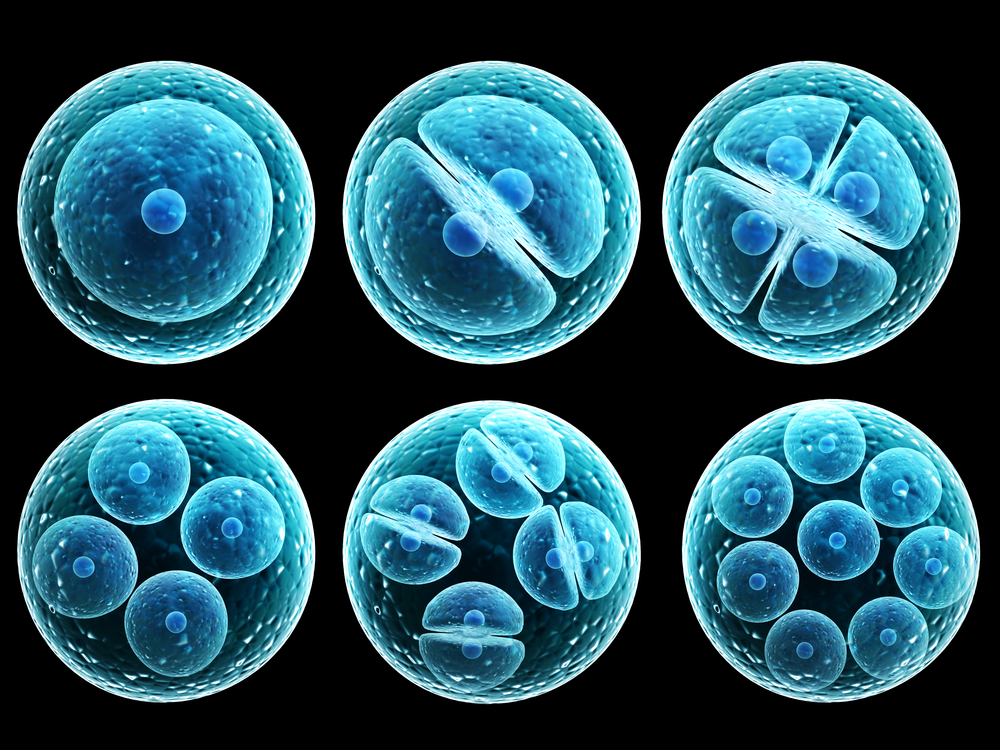Embryonic or Adult Stem Cells? What’s the Difference?

What are stem cells?
Stem cells are undifferentiated cells meaning they still don’t develop into a specific cell type, they are in our body and are a very important and needed for the human process of growth and care. They help the body develop from infancy to adulthood and functions as a body repair kit when the body suffers an injury or disease.
When a person suffers from a degenerative disease or a severe injury the stem cells in their body respond by following their main purpose: to regenerate the damaged tissue or cells. But, eventually, it is inevitable that the body will run out of stem cells due to the great demand required to help the deteriorated organs, muscles, or tissue.

There are 2 main sources where stem cells come from:
-
Embryos: Embryonic stem cells come from human fetuses and are by far the most controversial type of stem cell.
-
Adult stem cells: They can be found in any part of our body and help us grow.
Adult Stem Cells
Adult stem cells also known as semantic stem cells are located in humans and animals after the development. They are inside our body and they are located in different types of tissues.
Adult stem cell have been found in:
- Abdominal tissue
- Brain
- Bone marrow
- Blood
- Blood vessels
- Skeletal muscle
- Skin
- Liver
The body stores adult stem cells and they remain inactive for years until a disease or injury activates them. It’s important to clarify that although animals have adult stem cells have similar functions as human adult stem cells they are not convenient to use for stem cell therapy for humans.
Embryonic Stem Cells
Embryonic stem cells are the most controversial type of stem cells. They are derived from 4 or 5-day old post fertilized embryos in the blastocyst phase. To collect the stem cells the blastocyst phase is interrupted which is what has raised concerns.
The extracted stem cells are pluripotent, meaning they have the potential to differentiate into any type of cell in the body and are able to propagate. For this procedure, they mostly utilize embryos from In Vitro Fertilization.

Adult Stem Cells Vs. Embryonic Stem Cells
The following are facts and characteristics of embryonic and adult stem cells that will help understand the difference between both of them:
- Embryonic stem cells can differentiate into an unlimited type of cells.
- Adult stem cell can differentiate into multiple but limited types of cells.
- Embryonic stem cells are able to propagate themselves indefinitely in an undifferentiated state which can cause tumors and cancer.
- Adult stem cells haven’t shown potential to cause tumors or cancer.
- Due to their unlimited capacity to reproduce, embryonic stem cells have a higher potential for application for degenerative diseases.
- Adult stem cells that go through a rejuvenation process can be manipulated to differentiate into any cell.
- The procedure mentioned above is allowed in various countries except for the US and Canada, amongst others.
- The manipulation of adult stem cells is completely safe depending on the stem cell company providing the therapy.
Conclusion
Adult and embryonic stem cells individually have both positive and negative characteristics which have been discovered by biologist, chemists, and doctors that keep working in their research and even have trails to develop viable therapies that can help the humanity from various diseases. It's important to keep in mind that there are places outside the US or Canada where research and trails of stem cells are already developed and it's important to be aware that medicine is not an exclusive science to a specific country, so although in the US and Canada stem cell therapy is still on the early stage it's not precisely the case for countries like India, China, and even Mexico.
Embryonic stem cell therapy is not legal in the US or Canada, it's still in their trial stage and it's just allowed to be performed for research. Adult stem cell therapy is legal only certain types of procedures are allowed. In the US it's only approved to do a kind of “in and out” type of procedure with adult stem cells, meaning they take stem cells from your own body and relocate them without manipulating the stem cells to make sure they are the best for the application.
 US Landline
US Landline
